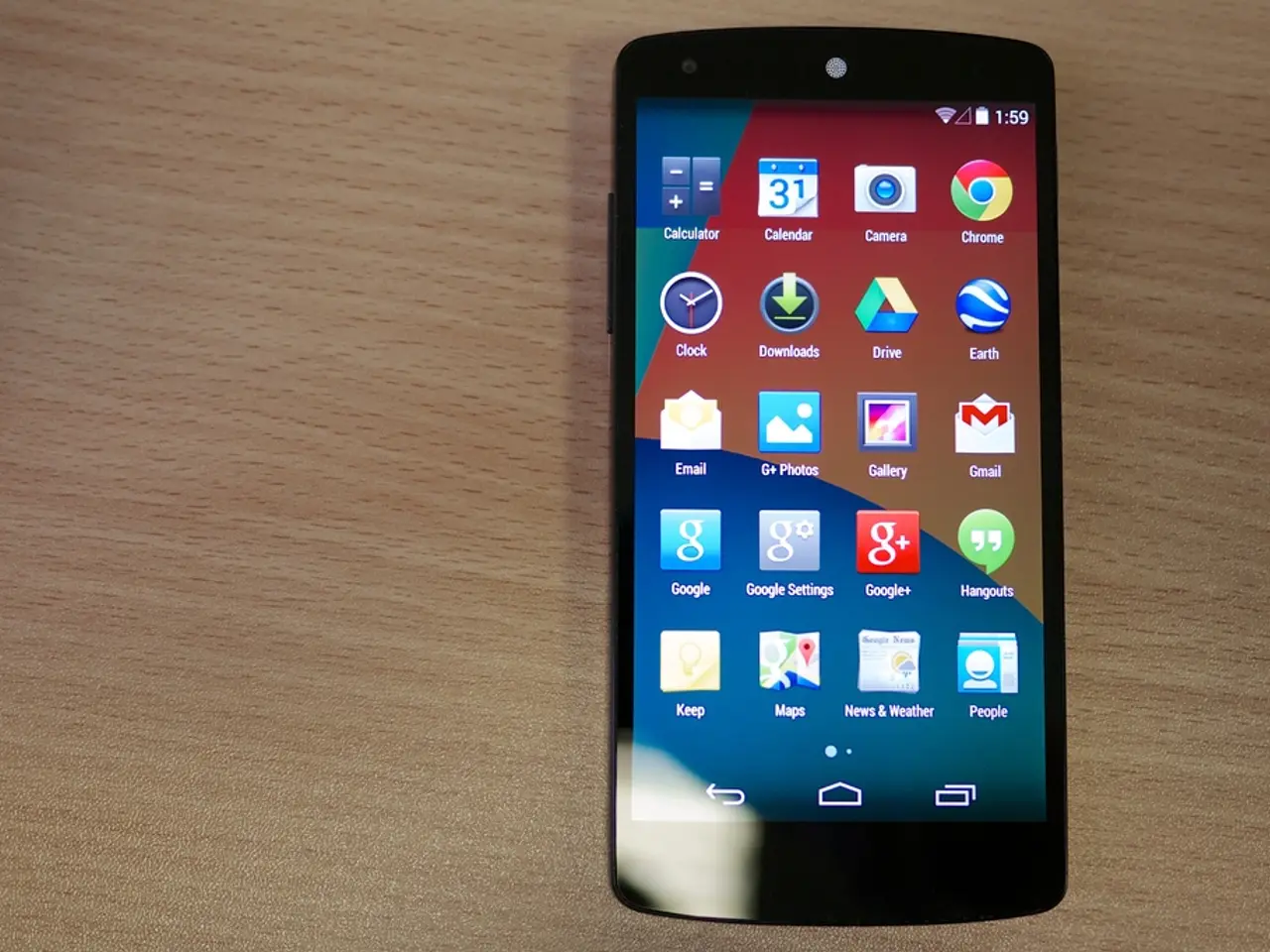Guide for Novices on WebView Applications (2025): An Introduction
Webview technology has made a significant impact across various industries, finding its way into social media, eCommerce, and news or content platforms. A Webview App, as it's known, is a mobile application that incorporates an embedded web browser component to display web content, offering benefits such as cross-platform compatibility, a simple development process, and the ability to maintain a consistent user experience.
The Advantages of Webview Apps
Webview apps allow developers to integrate web-based content into their native applications, enabling a seamless blend of web and native functionalities. They can even integrate secure payment methods into their features for e-commerce. With these advantages, webview apps can be published in major app stores like the Apple Store and Google Play Store as long as they provide an app-like experience, sufficient functionality, and meet app store review requirements.
The Challenges of Webview Apps
Addressing responsive designs is complex and necessitates a profound comprehension of user interface design principles and the ability to tailor them to various contexts. Creating a webview app from scratch requires a thorough understanding of user interface design principles, proficiency in programming languages, and experience with Android and iOS development. Additionally, webview apps have reduced offline capability, leading to limited access to device features such as cameras, location services, and other hardware specific to native functionalities.
The Differences: Native, Webview, and Progressive Web Apps
The differences between native apps, webview apps, and progressive web apps (PWAs) revolve around four key areas: access, user experience, cost efficiency, and security risks.
| Aspect | Native Apps | Webview Apps | Progressive Web Apps (PWAs) | |-------------------|------------------------------------------------------|-----------------------------------------------------|----------------------------------------------------------------| | Access | Full access to device hardware (GPS, camera, contacts, sensors). Can work offline fully. Installed via app stores (Google Play, Apple App Store); easy one-tap installation. | Limited hardware access (mostly through embedded browser capabilities). Essentially a thin wrapper around a website. Installed via app stores but essentially loads web content. | Limited hardware access via modern web APIs (e.g., camera, GPS, microphone), but less comprehensive than native apps. Can work offline using service workers. Installed by adding to home screen via browser (less intuitive than native). Discoverable via search engines. | | User Experience | Best performance with smooth, immersive UI/UX. Fully native feel and responsiveness. Robust push notifications across multiple OSes. | User experience close to native, but can suffer from slower performance or limited UI responsiveness compared to native. Mostly relies on existing web UI. | App-like experience with fast loading (thanks to caching) and offline support. Supports push notifications (mainly on Android). May lack some native UI nuances. Can resemble native apps but with some limitations. | | Cost Efficiency | Highest cost and longest development time due to separate builds for iOS and Android, complex APIs, and app store requirements. Higher maintenance costs. | Cheaper and faster to build and maintain by repurposing existing web apps into mobile form. Lower cost than native because it uses existing web content. | Lower development and maintenance costs because PWAs are web-based and cross-platform by design. Easier and faster to develop than native apps. No need for app store publishing (though can be optionally listed). | | Security Risks | More secure because apps go through formal app store vetting and can leverage advanced security features directly on the device. | Moderate security risks because web content is loaded within an app shell, increasing potential exposure to web security vulnerabilities. | Generally secure but subject to browser security policies and limited by web platform sandboxing. Lack of app store vetting can be a vector for malicious PWAs. Depending on deployment, may lack certain native security features. |
Examples of Webview Apps
Examples of webview applications include The New York Times and United Airlines. Using a basic web-to-app conversion service may be less expensive and time-consuming, but it usually has very little built-in functionality and could be difficult to upgrade or maintain in the future. Sustaining a competitive edge in the app market requires staying abreast of the latest trends and technologies.
Effectively managing available resources, including financial, temporal, and human resources, can pose a formidable challenge. Creating a webview app using a third-party developer or development company may involve varying quality and expense, and their deadlines might not coincide with your GTM objectives. Ensuring continued functionality and the utilization of new features requires regular updates to align with new operating systems and devices.
In summary, native apps are best when full hardware access, top performance, and superior UX are essential, but at higher cost and complexity. Webview apps offer a low-cost solution for delivering web content via apps but with limited hardware access and potentially weaker UX. PWAs provide a middle ground with good cross-platform compatibility, improved UX over websites, offline capabilities, and lower cost, while sacrificing some hardware access and app store presence.
- To cater to the expanding digital landscape, companies like The New York Times and United Airlines have utilized webview apps, which offer a cost-effective method of delivering web-based content in a mobile app format.
- For businesses seeking a balance between web and app functionalities, a website-to-app converter can be employed to transform existing websites into webview apps, although the converted apps might lack extensive built-in functionalities.
- Security is a crucial aspect when developing webview apps, as these applications, by nature, encompass web content within an app shell, potentially exposing them to web security vulnerabilities. This necessitates implementing robust cybersecurity measures.
- In the realm of technological advancements, artificial-intelligence, data-and-cloud-computing, and gadgets are rapidly evolving, and the integration of these innovations into webview apps can offer novel functionalities, enhancing user engagement and experience.




